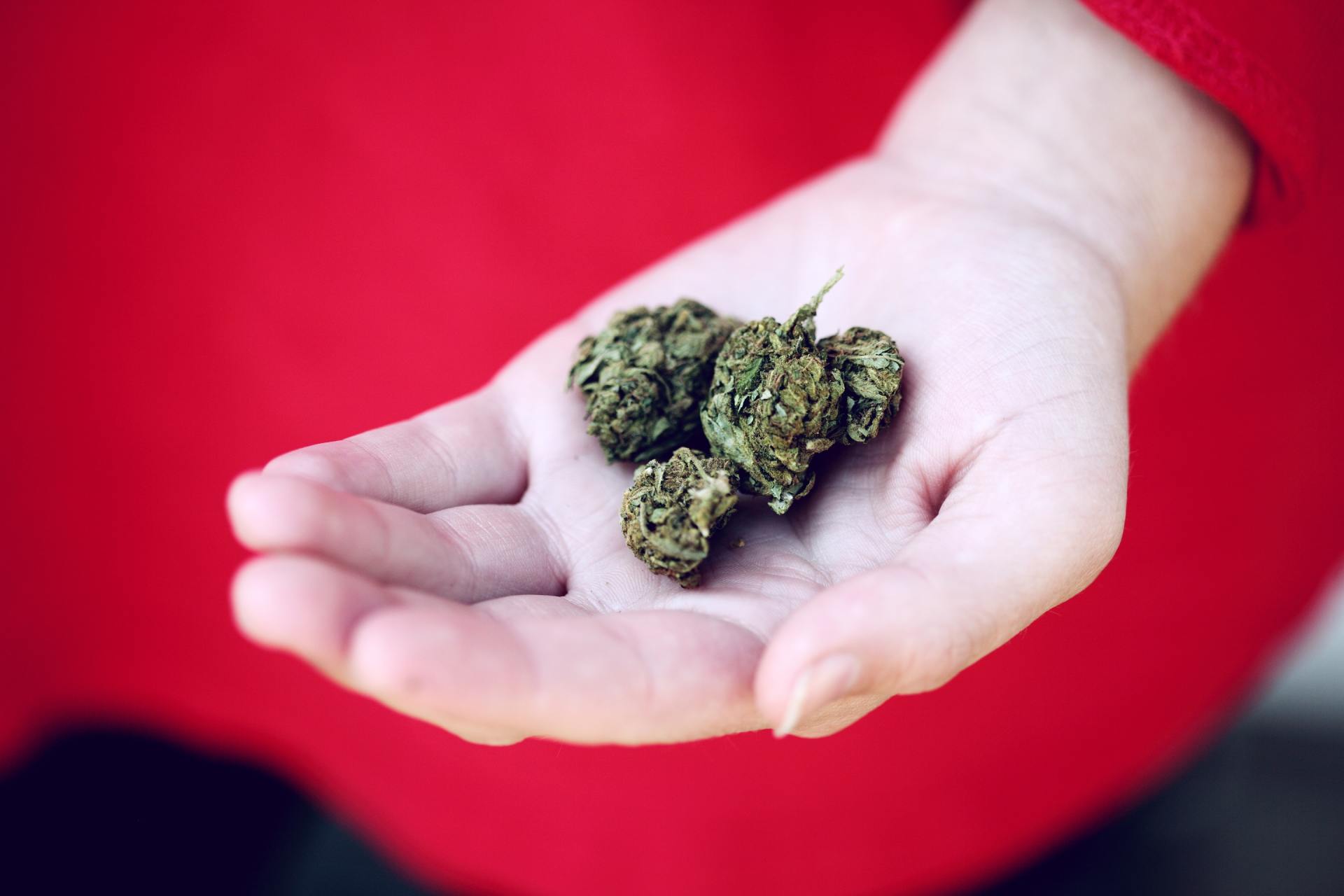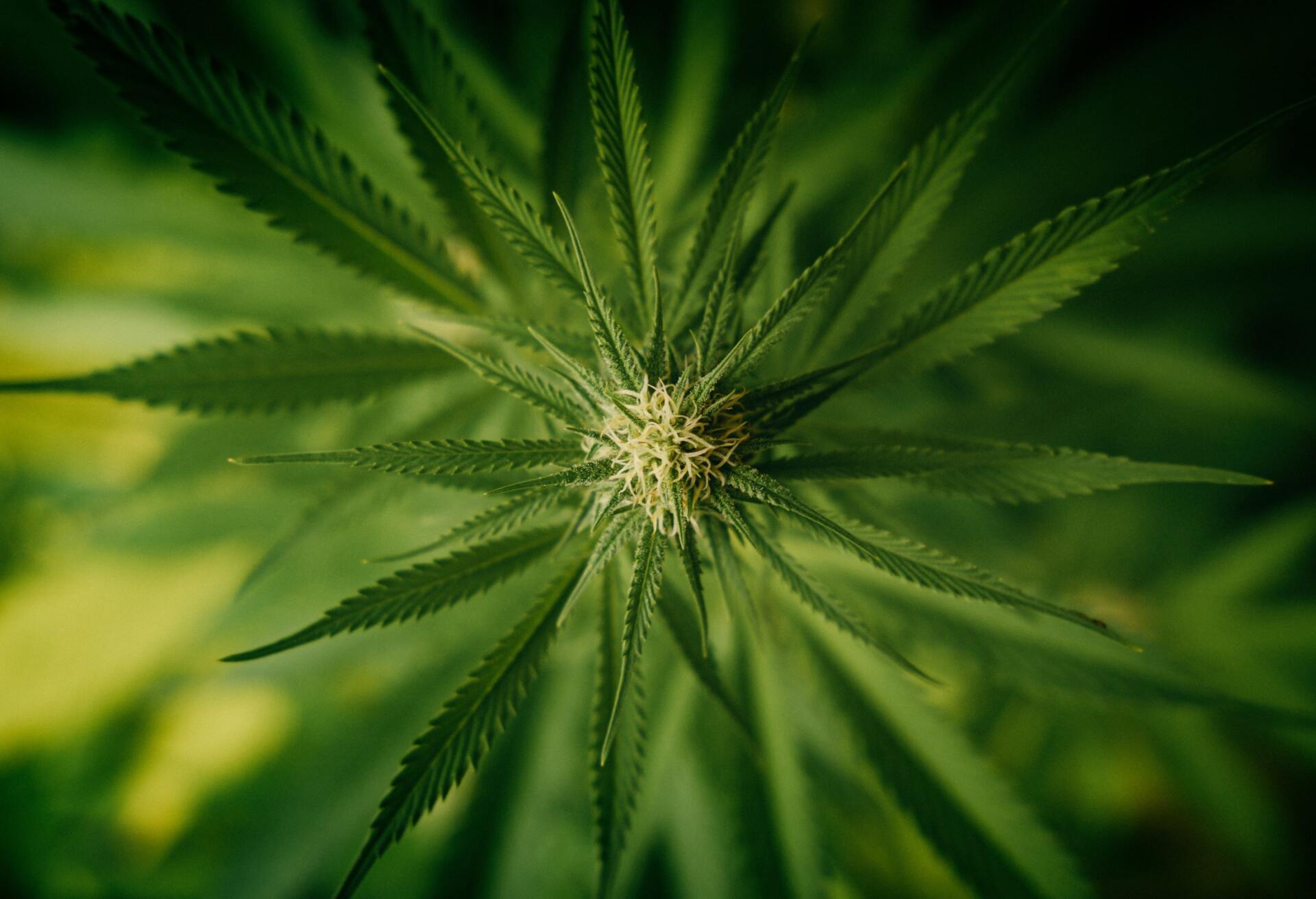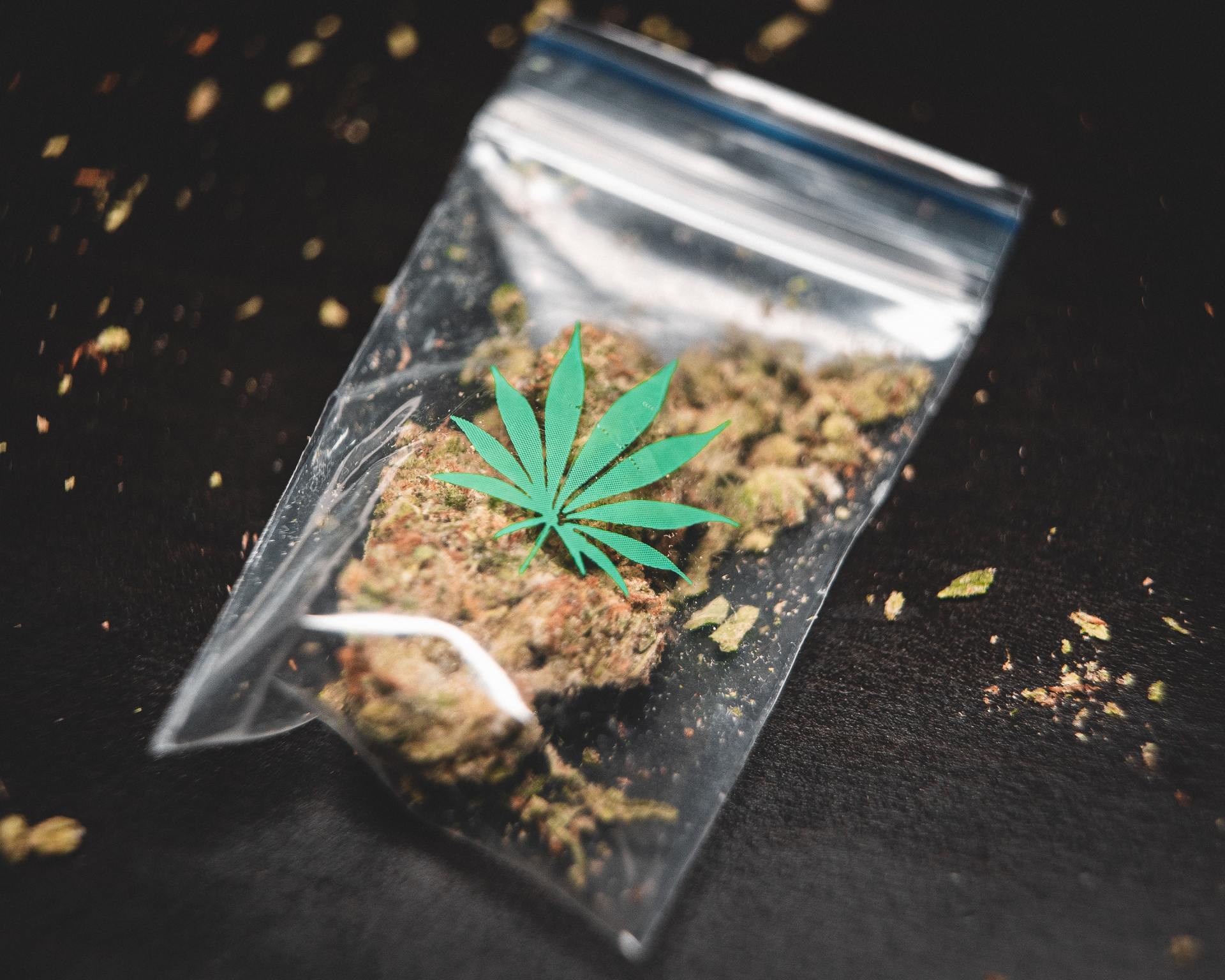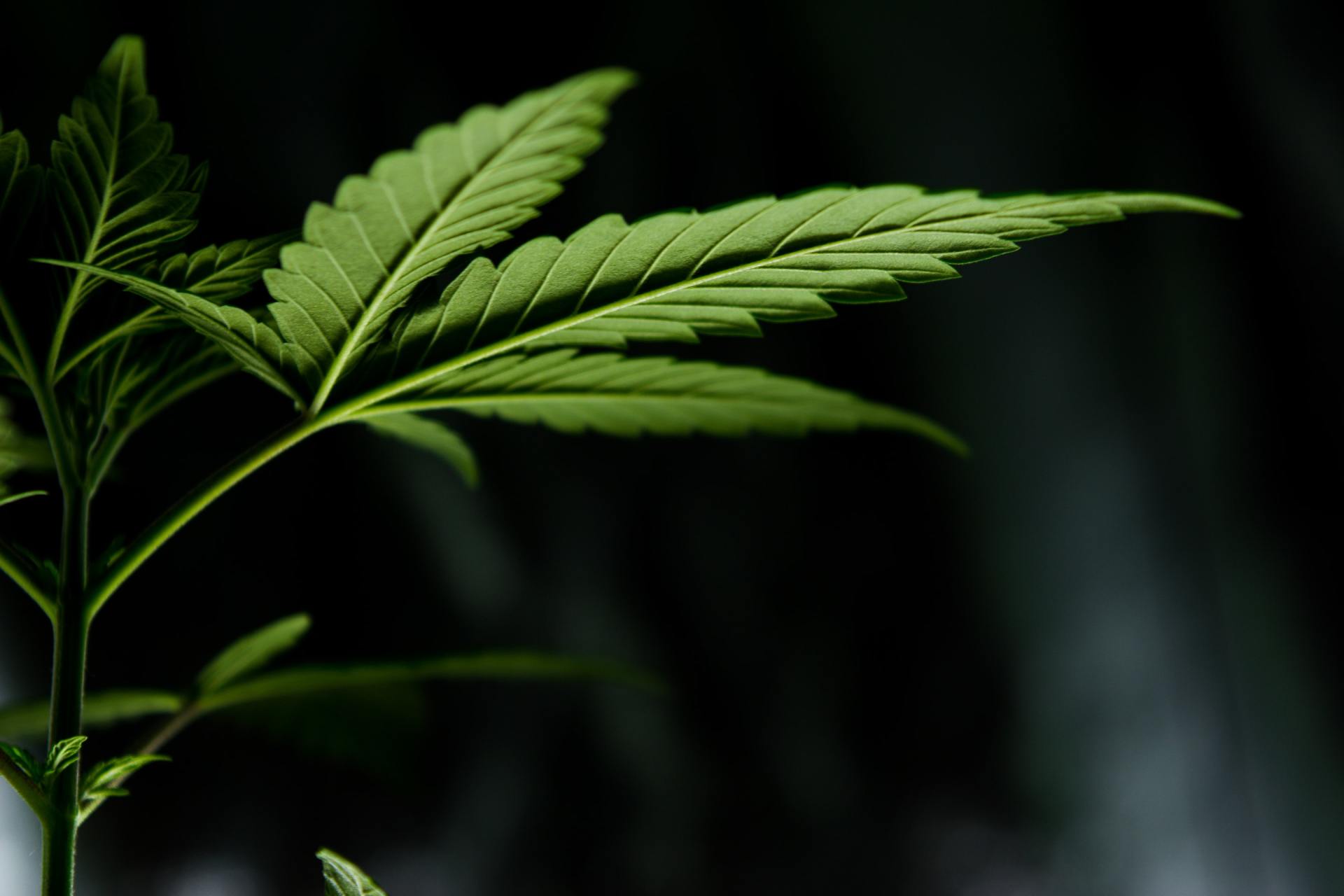EVERYTHING YOU NEED TO KNOW ABOUT CANNABIS TERPENES
Everything you need to know about cannabis terpenes
Cannabis smells, and with good reason: it’s loaded with terpenes, aromatic compounds that not only determine a particular strain’s scent and flavour, but also contribute to its effects.
Cannabinoids such as THC and CBD may get all the glory, but if you really want to predict a strain’s effects, you need to look at its terpenes, too. Increasingly, cannabis researchers believe that terpenes work synergistically with cannabinoids and each other to produce a given strain’s characteristic effects.
Find everything you need to know about terpenes—what they are, how they work, how they influence your cannabis experience, and more—in this comprehensive guide to cannabis terpenes.
What Are Terpenes?
Terpenes give cannabis strains their unique aromas.
Terpenes are fragrant oils found in many types of plants that produce a unique taste and smell.
The tastes and smells of the terpenes in cannabis products have a very diverse range of aromas. Strains can produce a terpene profile that is earthy, woodsy, herbal, spicy, diesel or cheesy, all the way to citrusy or sweet.
Many terpenes are unique to cannabis.
Cannabis gets its scent from compounds in the plants called terpenes. Terpenes are fragrant oils found in many types of plants, especially coniferous (evergreen) varieties. The chemical compounds they secrete give fruits, vegetables, flowers and herbs their signature scents. There are over 100 identified terpenes, many of which are unique to the cannabis plant.
Although cannabis is often generally associated with a certain musky aroma, each strain of cannabis has its own scent. The individual scent of a strain will be based on the amount and type of terpenes present and which ones are dominant. Terpene scents range from earthy, woodsy, herbal, spicy, diesel or cheesy, all the way to citrusy or sweet.
Making this equation even more complex, each terpene can itself have multiple aroma profiles. Also, terpene levels can vary from crop to crop, which can lead to inconsistencies in the scents within the same strain.









